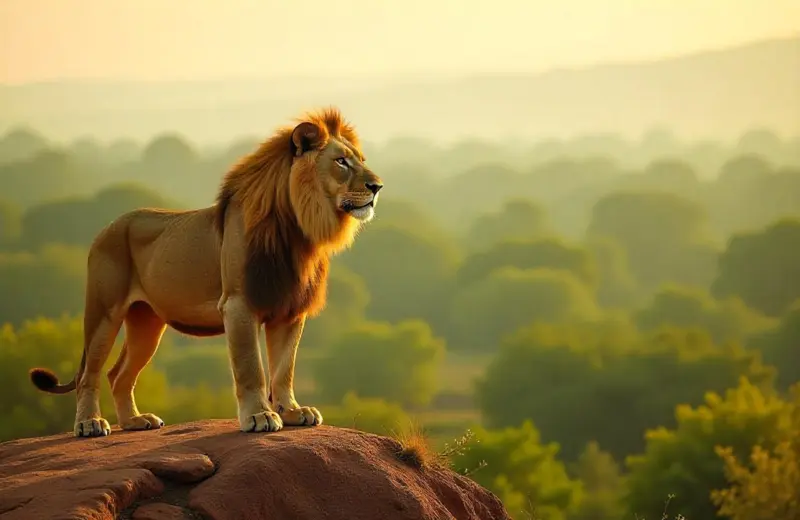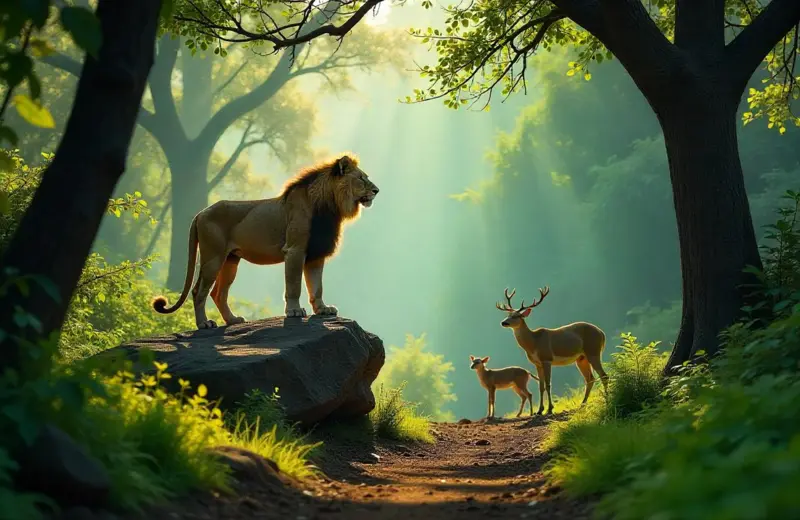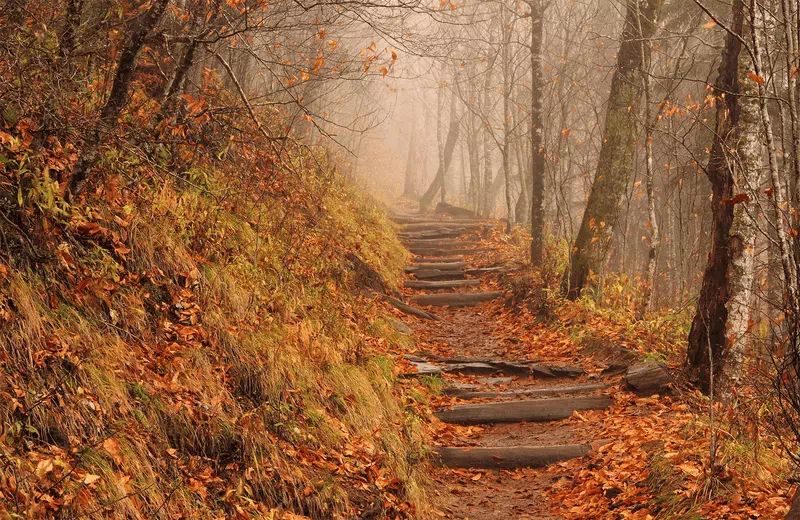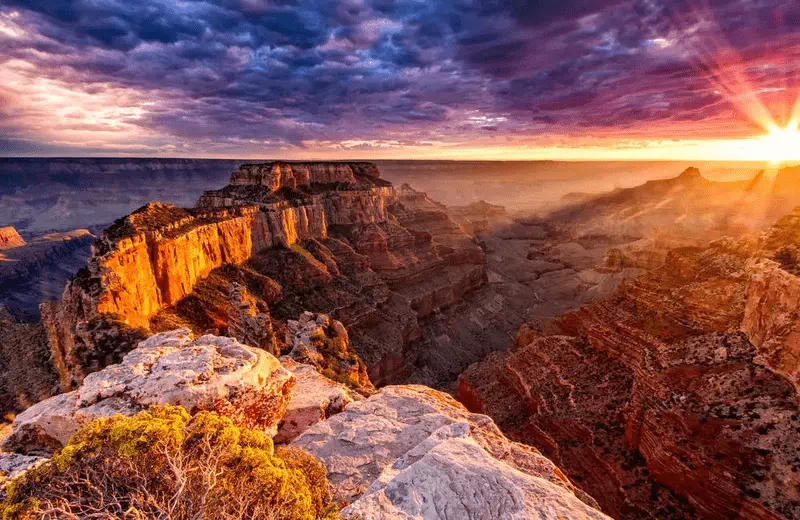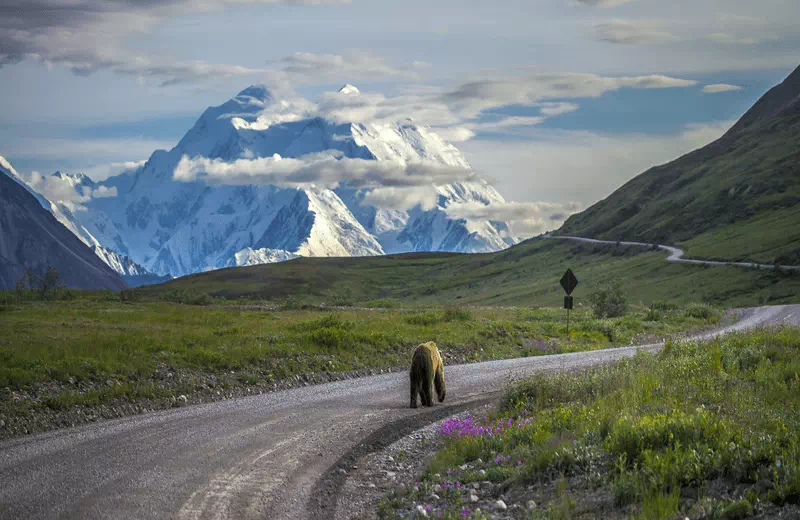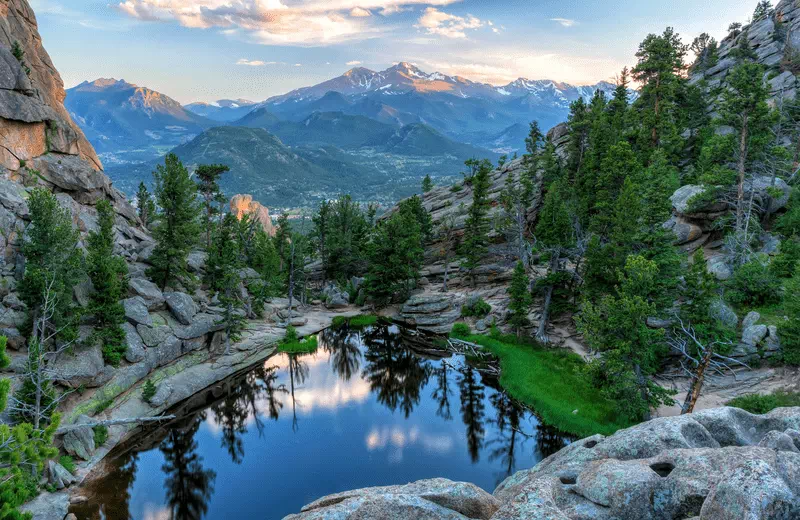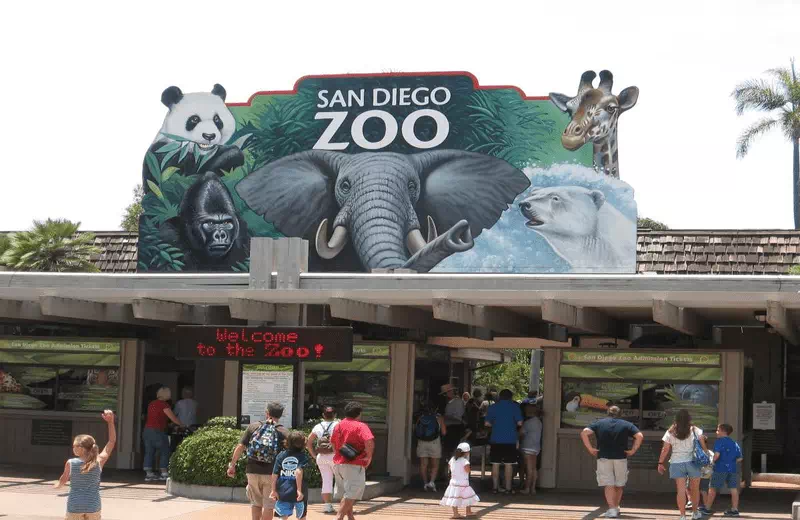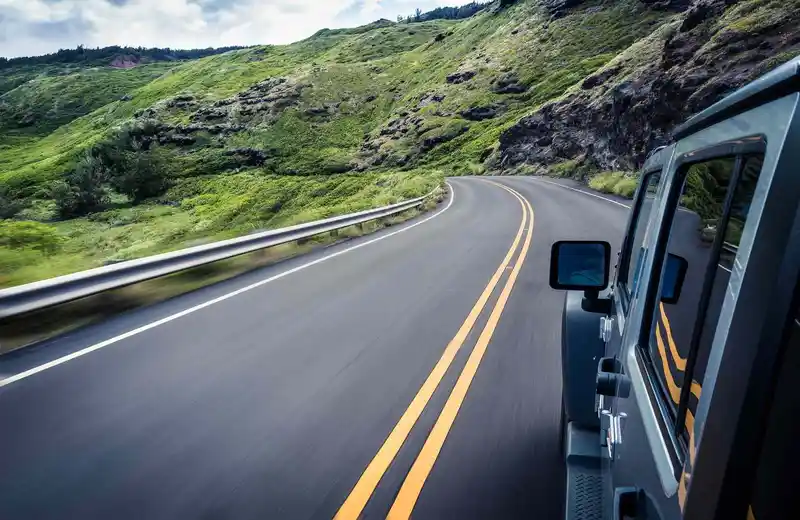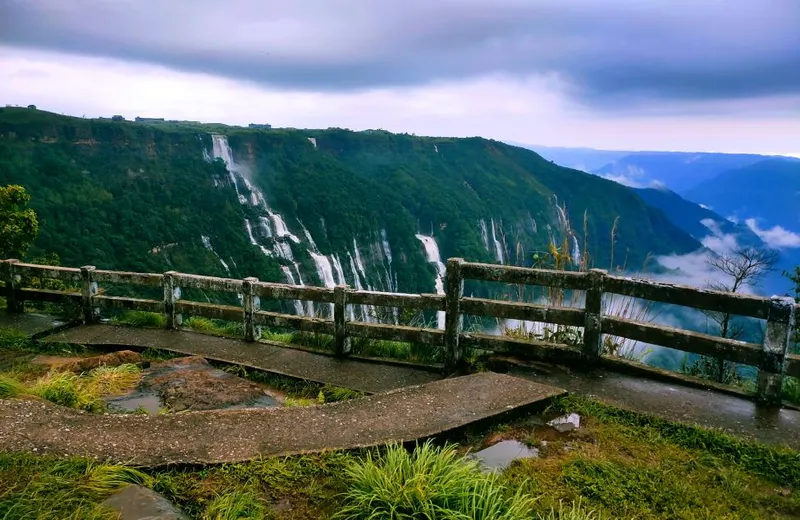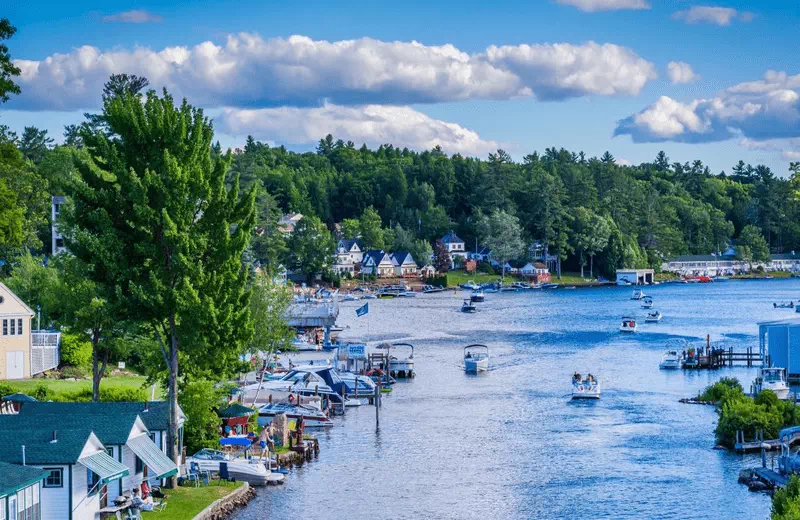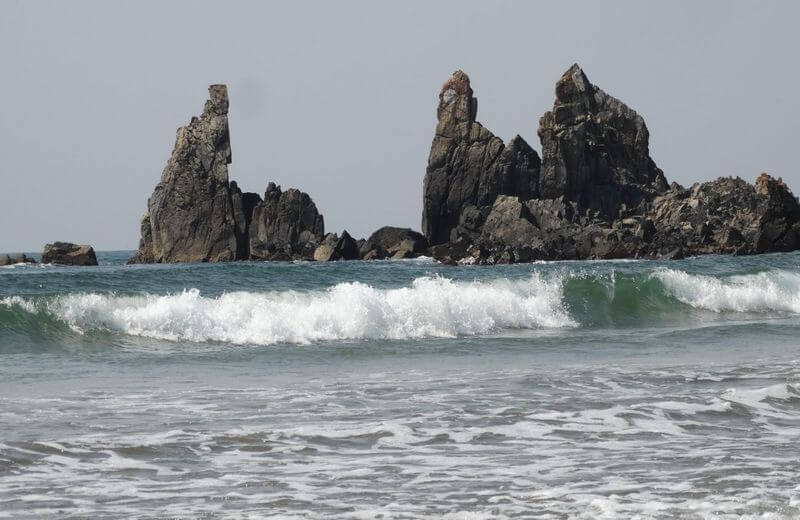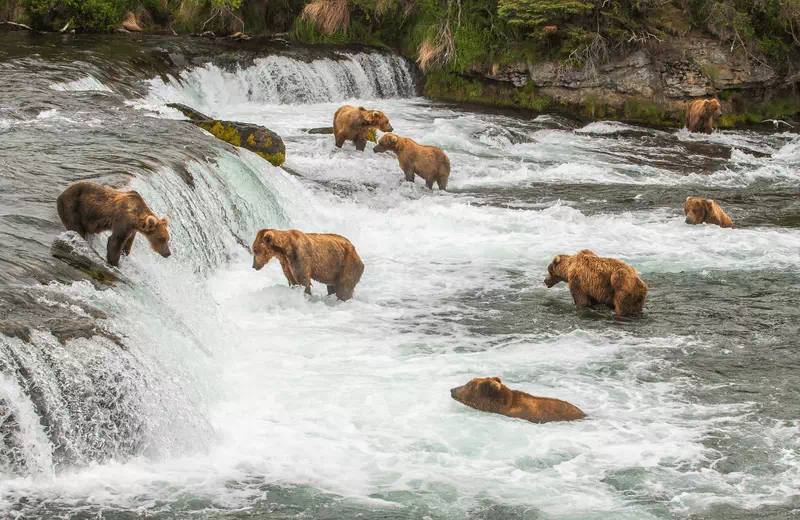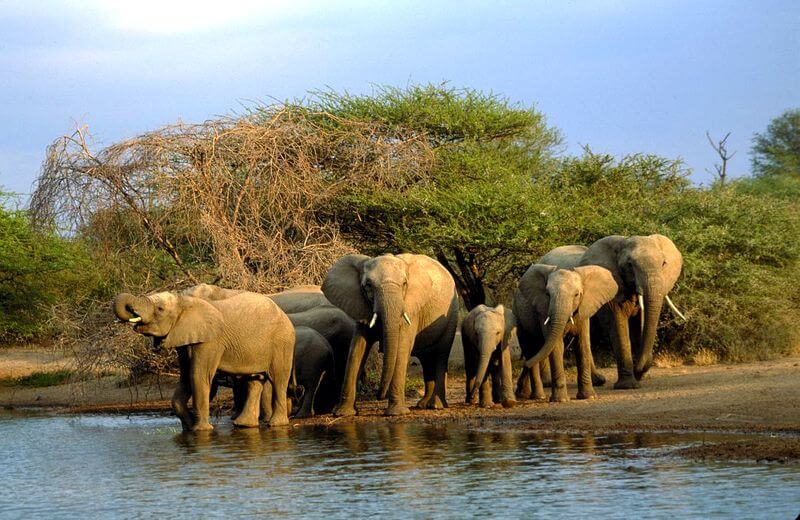Alaska's Natural Wonders National Parks by Size
In this blog post, we'll take a look at Alaska's national parks by size, from largest to smallest. We'll also share some of the amazing things you can see and do in each park.
Whether you're interested in hiking, camping, fishing, or simply taking in the stunning scenery, Alaska's national parks have something to offer everyone. So, if you're planning a trip to Alaska, be sure to add some of these national parks to your itinerary. You won't be disappointed!
Wrangell-St. Elias National Park & Preserve (13,238 sq mi)

Wrangell-St. Elias National Park & Preserve is a colossal expanse of wilderness that stands as the largest national park in the United States, covering a staggering 13,238 square miles in Alaska. This park is a haven for those seeking rugged, untamed landscapes and unparalleled outdoor adventures.
Its centerpiece is the Wrangell Mountains, including the renowned Mount St. Elias, which soars to 18,008 feet, making it one of the tallest peaks in North America. The park's diverse terrain boasts glaciers, deep valleys, and remote backcountry, offering endless opportunities for hiking, camping, and exploration.
Wildlife enthusiasts will be delighted by the chance to spot grizzly bears, Dall sheep, and bald eagles. The park's remote location and vast size guarantee a true wilderness experience that is both awe-inspiring and humbling, making it a must-visit for anyone seeking the untamed beauty of Alaska.
Denali National Park & Preserve (6,045 sq mi)
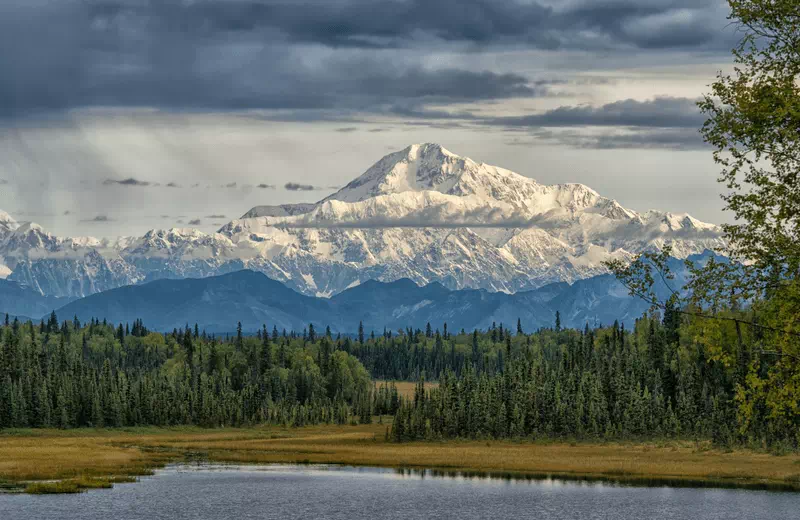
Denali National Park and Preserve, located in the heart of Alaska, is a pristine wilderness that offers visitors an unmatched opportunity to experience the natural beauty of the state. Spanning over 6 million acres, it's the largest national park in Alaska and one of the most iconic in the United States.
The park is dominated by the towering Denali (formerly known as Mount McKinley), North America's highest peak, which reaches an elevation of 20,310 feet (6,045 sq mi). Visitors come to Denali for its breathtaking landscapes, abundant wildlife, and opportunities for outdoor activities like hiking, camping, and wildlife viewing.
A unique aspect of Denali is its commitment to wilderness preservation, allowing only limited road access into the park. Most visitors explore it via bus tours, providing a chance to spot grizzly bears, moose, wolves, and other wildlife in their natural habitat. The park's wild and rugged terrain, with tundra, glaciers, and dramatic mountain vistas, makes it a must-visit for anyone seeking an authentic Alaskan adventure. Denali National Park and Preserve truly captures the essence of Alaska's untamed beauty.
Gates of the Arctic National Park & Preserve (8,472 sq mi)
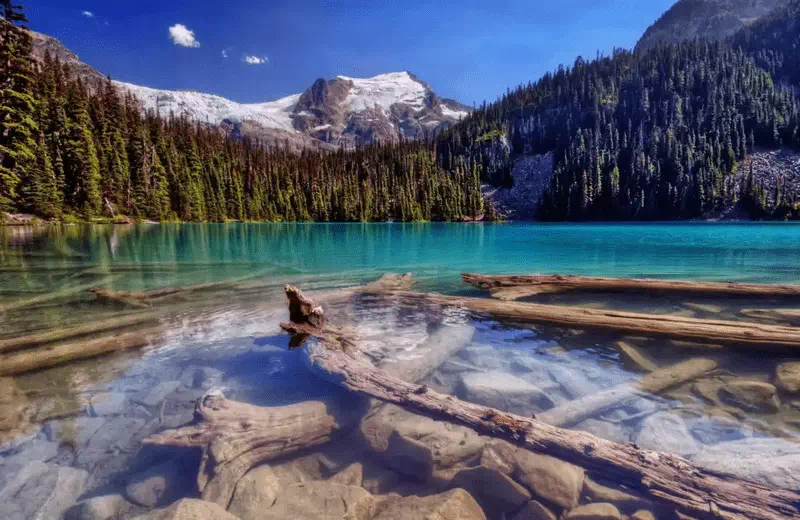
Gates of the Arctic National Park & Preserve, encompassing a sprawling 8,472 square miles in Alaska's northern wilderness, is a testament to the raw, untamed beauty of the Arctic landscape. This park is remote and rugged, lacking any established roads or trails, and it stands as one of the least-visited national parks in the United States.
Visitors to Gates of the Arctic can expect pristine wilderness, characterized by towering peaks, vast tundra, and crystalline rivers. It's a land of extremes, with frigid winters and the midnight sun of summer. Adventurers come here for backpacking, river trips, and the opportunity to witness untouched nature.
The park's isolation means it offers unparalleled solitude and a chance to experience true wilderness, but it also demands self-sufficiency and careful planning. For those who seek a genuine Arctic wilderness experience and are willing to venture off the beaten path, Gates of the Arctic delivers a rare and unforgettable adventure.
Glacier Bay National Park & Preserve (3,284 sq mi)
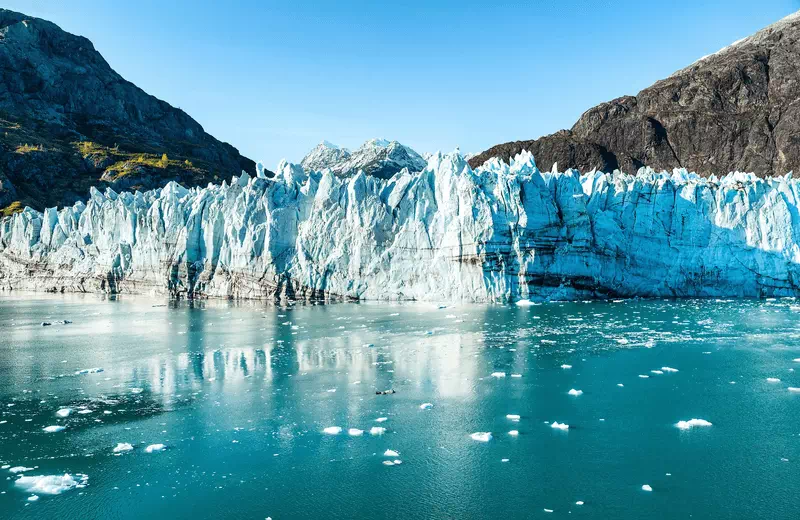
Glacier Bay National Park & Preserve, spanning 3,284 square miles in southeastern Alaska, is a testament to the ever-changing forces of nature. This dynamic park showcases the ebb and flow of glaciers, with towering icy behemoths retreating and advancing over time.
The star attraction is the magnificent Margerie Glacier, where visitors can witness the spectacle of calving ice. Beyond the glaciers, the park offers lush rainforests, fjords, and a rich marine ecosystem. It's a paradise for wildlife enthusiasts, with opportunities to spot humpback whales, sea otters, and countless bird species.
Visitors can explore the park by boat, kayak, or on foot, with hiking trails providing access to the park's diverse landscapes. Glacier Bay is a place where nature's grandeur takes center stage, and the ongoing transformation of the landscape leaves a lasting impression on all who venture into its pristine wilderness.
Katmai National Park & Preserve (4,093 sq mi)
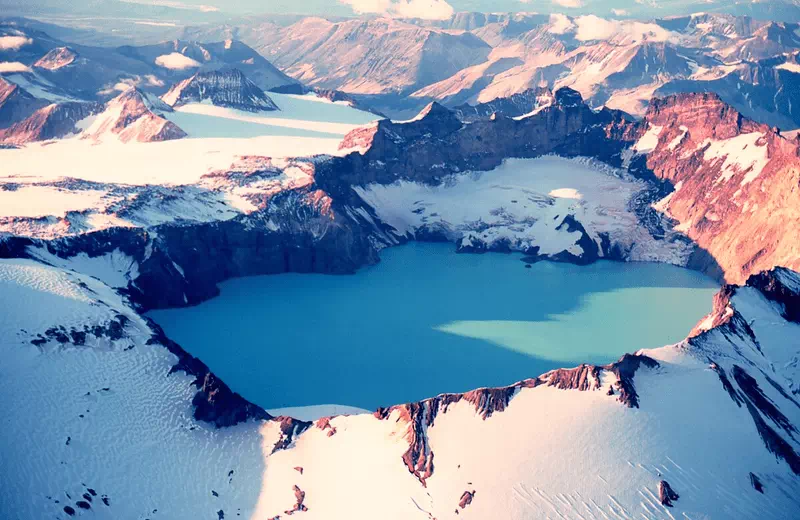
Katmai National Park & Preserve, spanning 4,093 square miles in southern Alaska, is a land of striking contrasts. This pristine wilderness is renowned for its abundant wildlife, breathtaking landscapes, and the world-famous Brooks Falls, where visitors can witness brown bears fishing for salmon.
The park's diverse terrain includes mountains, tundra, forests, and volcanic landscapes shaped by the 1912 eruption of Novarupta. It's a paradise for outdoor enthusiasts, offering opportunities for hiking, wildlife viewing, fishing, and even backcountry camping.
But it's the brown bears that steal the show. Katmai hosts one of the highest concentrations of these magnificent creatures in the world, drawing wildlife photographers and nature lovers from across the globe. The annual salmon run at Brooks Falls provides a thrilling spectacle as bears showcase their fishing prowess.
Whether you're captivated by wildlife, fascinated by geology, or simply seeking an Alaskan adventure, Katmai National Park & Preserve promises an unforgettable journey into the heart of untamed nature. It's a place where wilderness reigns, and nature's drama unfolds in every corner of this remarkable park.
Kenai Fjords National Park (669 sq mi)
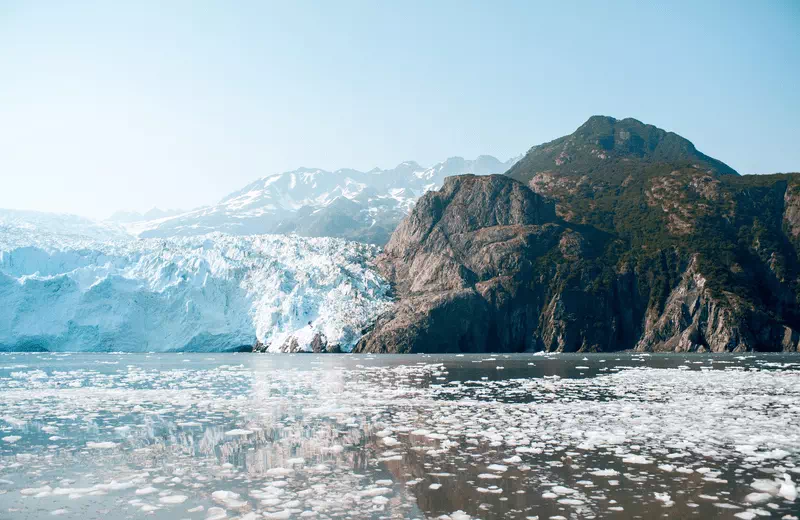
Kenai Fjords National Park, spanning 669 square miles on Alaska's Kenai Peninsula, is a breathtaking showcase of ice and sea. Home to the Harding Icefield, a massive expanse of ice that feeds over 30 glaciers, this park is a glacial wonderland.
Visitors can witness the dramatic process of calving ice at Exit Glacier and marvel at the stunning fjords and coastal landscapes. The park's marine life is equally impressive, with orcas, humpback whales, sea otters, and puffins inhabiting its waters.
Hiking trails abound, leading to sweeping vistas and up-close encounters with the icy giants. Kenai Fjords offers an accessible yet awe-inspiring introduction to the wonders of Alaska's wilderness, making it a must-visit destination for nature enthusiasts and adventure seekers.
Kobuk Valley National Park (1,751 sq mi)
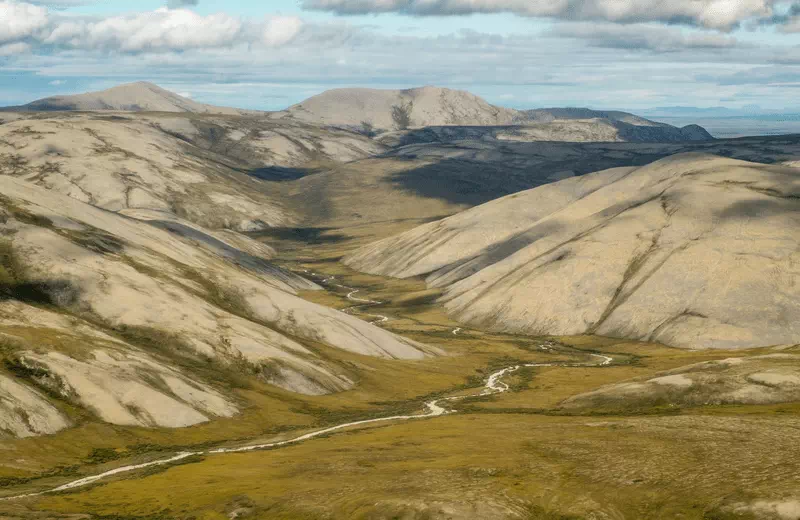
Kobuk Valley National Park, covering 1,751 square miles in northwestern Alaska, offers a unique glimpse into the state's remote wilderness. Known for its stunning sand dunes, the park's landscape is a striking blend of Arctic tundra, boreal forest, and the expansive Great Kobuk Sand Dunes.
One of its most iconic features is the Kobuk River, which plays a vital role in the area's ecosystem and is a great spot for paddling and rafting. Visitors are often drawn to the park's sense of isolation and solitude, with few trails and minimal infrastructure.
Kobuk Valley National Park provides a rugged and authentic Alaskan wilderness experience. It's a place where adventurous spirits can explore the untouched beauty of the Arctic, from the rolling sand dunes to the pristine river valleys, making it a hidden gem among Alaska's national parks.
Lake Clark National Park & Preserve (4,030 sq mi)
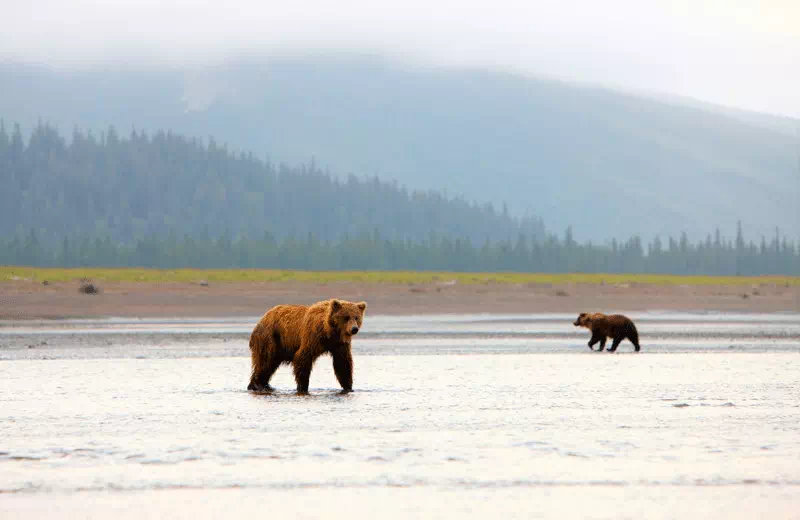
Lake Clark National Park & Preserve, covering 4,030 square miles in southwestern Alaska, is a hidden gem for those seeking remote beauty and outdoor adventures. This park boasts diverse ecosystems, including glaciers, mountains, volcanoes, and the serene Lake Clark itself.
Visitors can explore pristine wilderness on foot, by boat, or via small aircraft, as there are no roads leading into the park. The park is home to a variety of wildlife, including brown bears, moose, and bald eagles, making it a paradise for wildlife enthusiasts and photographers.
For outdoor enthusiasts, Lake Clark offers hiking, fishing, kayaking, and camping opportunities in a breathtaking setting. The solitude and untouched landscapes here provide a unique Alaskan experience. Whether you're drawn by wildlife, outdoor recreation, or simply the allure of unspoiled wilderness, Lake Clark National Park & Preserve delivers an unforgettable adventure in the heart of Alaska.





